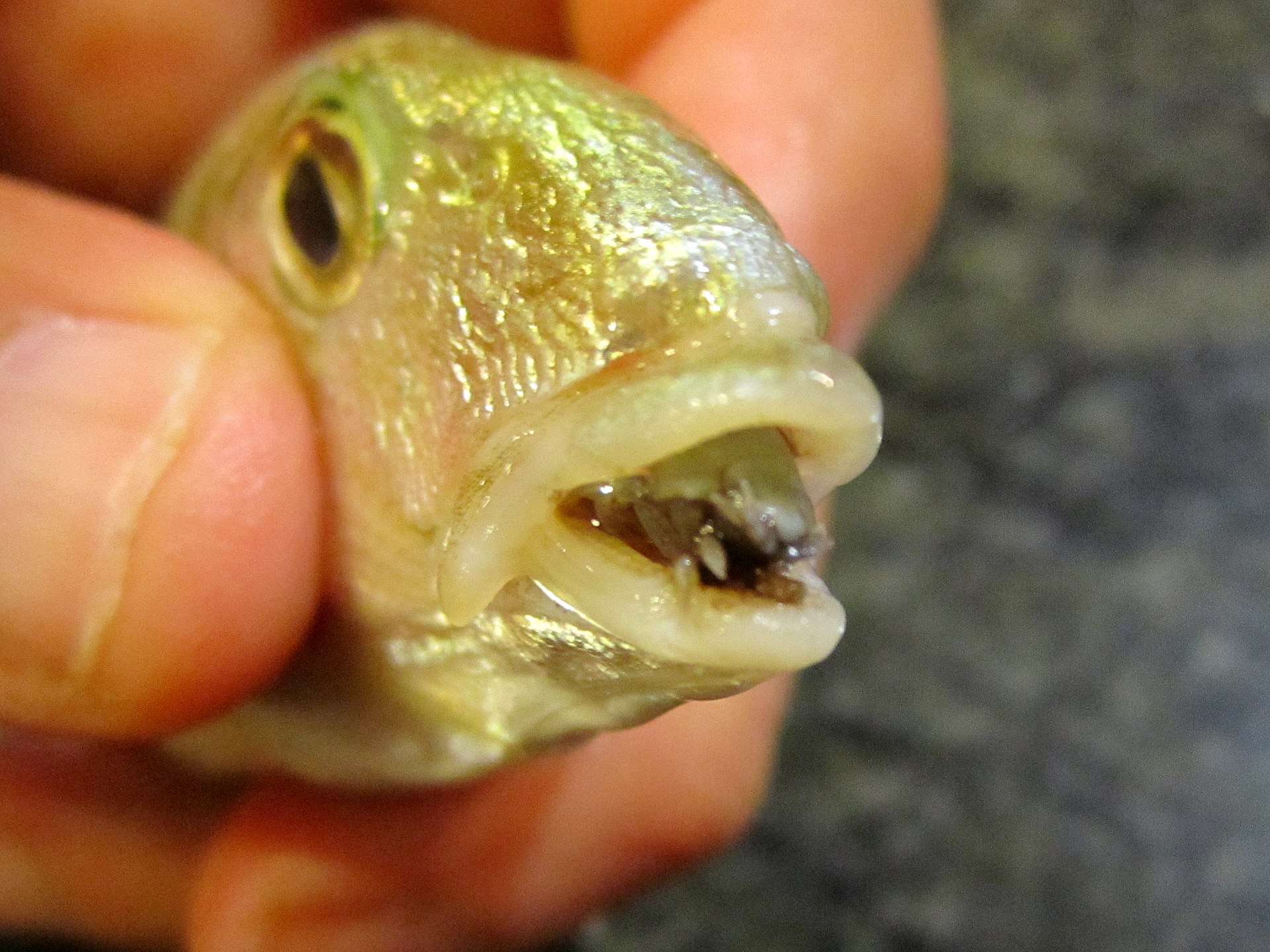A Parasite Unlike Any Other
In the warm waters off the coasts of the Americas lurks a creature that doesn’t just feed on its host—it replaces part of it. Cymothoa exigua, known as the tongue louse, is a parasitic isopod that enters a fish through the gills and targets the tongue. This marine arthropod is the only known parasite that functionally replaces an organ in its host.
The Method of Infiltration
Females of the species, which can reach nearly 29 mm in length, sever the blood supply to the host’s tongue with their front claws. The tongue withers from lack of blood flow, and the isopod attaches itself to the remaining stub.
It then functions as the fish’s new tongue, anchoring to muscles and allowing the fish to use it normally while the parasite feeds on blood or mucus. Males, generally smaller, attach beneath or behind the female on the gill arches.
Life, Death, and Departure
If the host fish dies, the parasite eventually detaches from the oral cavity and may be seen externally on the carcass. What happens next in the wild remains undocumented.
These isopods begin life in a free-swimming juvenile stage. Initially attaching to gills as males, they can transform into females—especially in the absence of others. Fertilized eggs are held in a marsupium until hatching.
Wide Distribution and Human Encounters
C. exigua has been recorded from the Gulf of California down to Ecuador and sporadically in parts of the Atlantic. It parasitizes at least eight species of fish, mostly snappers, grunts, drums, and silversides.
In one case, a red snapper imported to the UK was found carrying a specimen, though it’s believed the isopod traveled post-capture. In Puerto Rico, a lawsuit arose after a customer allegedly consumed one of the parasites in a cooked snapper. The case was dismissed, as isopods are not toxic to humans.
A Puzzling Survival Strategy
The isopod’s behavior—organ removal and replacement—makes it unique among known parasites. Despite its grotesque adaptation, it does not typically kill its host and may live unnoticed until fishers or chefs discover it.
Though startling, Cymothoa exigua continues to fascinate scientists, not only for its anatomical hijacking but for its biological life cycle and ecological role across tropical marine ecosystems.

